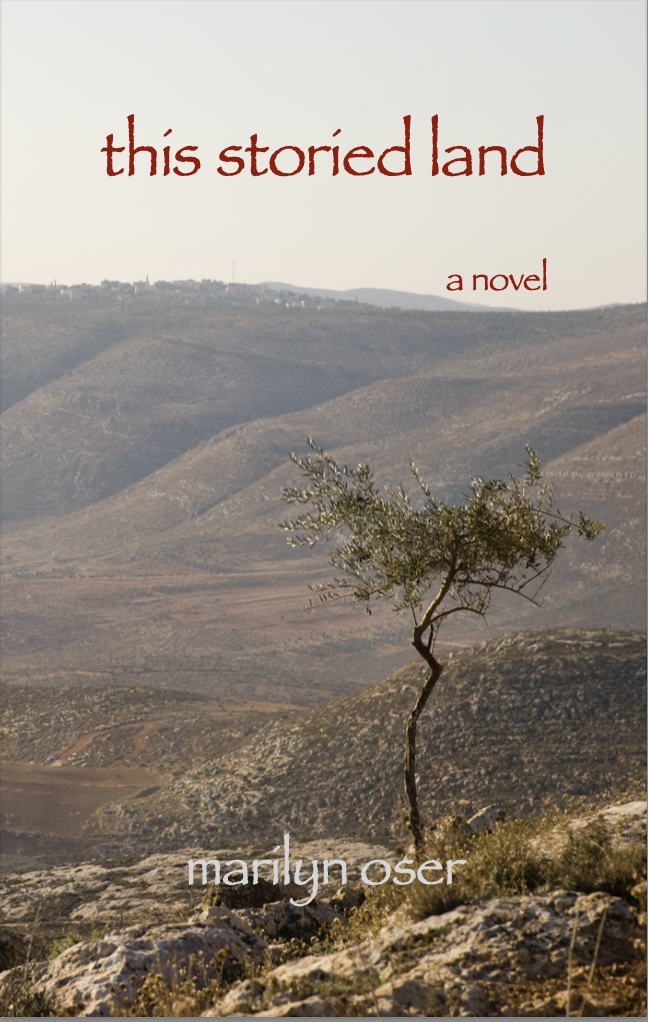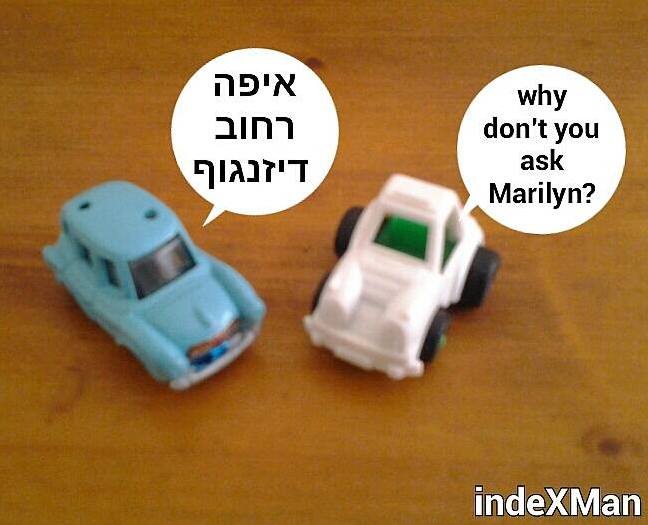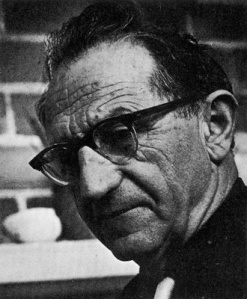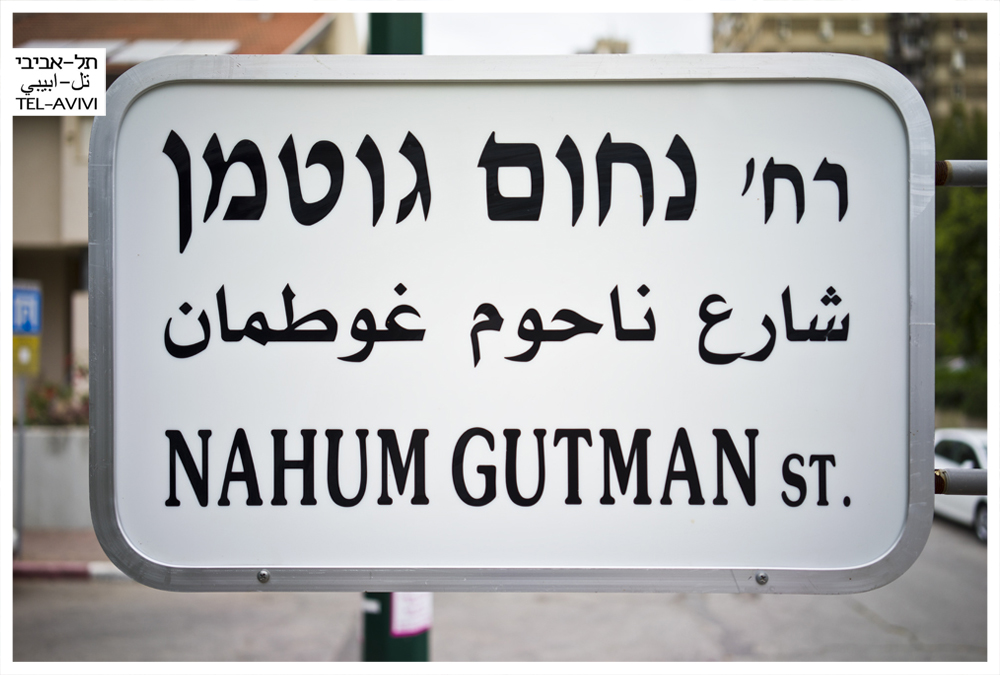Prolific Hebrew-language poet
1. Lea Goldberg was born in 1911 to a Jewish Lithuanian family from Kovno (now Kaunas). At school she became fluent in Hebrew, even using it to write in her diaries. Ultimately she gained expertise in a number of European languages as well.
 2. She began writing poetry at about age twelve; by age fifteen she was determined to be a writer – in Hebrew, despite the limitations of audience. She was still a schoolgirl when her first Hebrew verse was published.
2. She began writing poetry at about age twelve; by age fifteen she was determined to be a writer – in Hebrew, despite the limitations of audience. She was still a schoolgirl when her first Hebrew verse was published.
3. She studied at a Hebrew gymnasium and at the University of Kovno; then at the universities in Bonn and Berlin, earning a Ph.D. in Semitic languages and German, with a dissertation examining the sources of Samaritan translation in the Torah. In the early 1930s her poems appeared in literary collections in Lithuania. She made aliyah in 1935, settling in Tel Aviv, where she joined a group of writers of eastern-European origin. At the same time, her first poetry collection came out – to be followed by collections published in 1939, 1942, 1944, 1948, 1955, 1964 and a final volume published posthumously.
 4. Initially she worked as a high-school teacher and wrote rhyming advertisements until being hired as an editor of the Hebrew newspapers Davar and Ha’aretz as well as the journal Al HaMishmar. She wrote literary columns and theater reviews, worked as a children’s book editor and was literary consultant to the Habima theater – all the while turning out poetry, children’s stories, novels and plays. Her books for children have become classics of Hebrew children’s literature.
4. Initially she worked as a high-school teacher and wrote rhyming advertisements until being hired as an editor of the Hebrew newspapers Davar and Ha’aretz as well as the journal Al HaMishmar. She wrote literary columns and theater reviews, worked as a children’s book editor and was literary consultant to the Habima theater – all the while turning out poetry, children’s stories, novels and plays. Her books for children have become classics of Hebrew children’s literature.
5. By the early 1950s she was a lecturer in Hebrew literature at the Hebrew University in Jerusalem. In 1963 she was made a full professor and chaired the Department of Comparative Literature.
6. She translated into modern Hebrew great works from Russian, Lithuanian, German, French, Italian and English writers. The best-known of these is War and Peace; others included works by Rilke, Mann, Chekhov, Akhmatova, Shakespeare and Petrarch.
 7. Her poetry has been described as “a system of echoes and mild reverberations, voices and whispers.” It focuses on small things – a stone, a thorn, a butterfly, a bird – to express the immense or ineffable, often involving themes of childhood, love, aging, death and nature. The language is personal and introspective with frequent references to the culture, traditions and land of her childhood. The later poems utilize classic lyric genres, including the sonnet.
7. Her poetry has been described as “a system of echoes and mild reverberations, voices and whispers.” It focuses on small things – a stone, a thorn, a butterfly, a bird – to express the immense or ineffable, often involving themes of childhood, love, aging, death and nature. The language is personal and introspective with frequent references to the culture, traditions and land of her childhood. The later poems utilize classic lyric genres, including the sonnet.
8. Her work influenced Amichai, among others. Many of her poems have been set to music. For two renditions of “Will there ever come days,” follow these links: http://www.youtube.com/watch?v=v2mlV0BBrdI#t=37
and http://www.youtube.com/watch?v=yQmMMeAddNw#t=22.
 9. She received the Rupin Prize for her poetry in 1949 and in 1970 was awarded the Israel Prize for Literature (posthumously). In 2011, she was chosen as on of four great Israeli poets to appear on Israel’s currency. Here are two links to her poems in translation: http://poemsintranslation.blogspot.com/2010/03/leah-goldberg-pine-from-hebrew.html and http://jhom.com/topics/rivers/lea_goldberg.htm
9. She received the Rupin Prize for her poetry in 1949 and in 1970 was awarded the Israel Prize for Literature (posthumously). In 2011, she was chosen as on of four great Israeli poets to appear on Israel’s currency. Here are two links to her poems in translation: http://poemsintranslation.blogspot.com/2010/03/leah-goldberg-pine-from-hebrew.html and http://jhom.com/topics/rivers/lea_goldberg.htm
10. Lea Goldberg died in Jerusalem in 1970 of lung cancer.
 In Tel Aviv, you’ll find Lea Goldberg Street north of HaYarkon Park on the edge of Weits Garden.
In Tel Aviv, you’ll find Lea Goldberg Street north of HaYarkon Park on the edge of Weits Garden.
Thanks to Ido Biran (telavivi) for his photograph of the street sign.






























